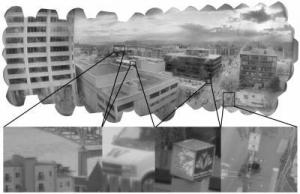
“From this work it appears that cisplatin is a promising lead compound for the rational design of ALS treatments,”
A long-used anti-cancer drug could be a starting point to develop new treatments for the incurable nerve disease known as Lou Gehrig’s disease or amyotrophic lateral sclerosis (ALS), scientists are reporting. Their research showing how the drug prevents clumping of an enzyme linked to ALS appears in the Journal of the American Chemical Society.
Lucia Banci, Ivano Bertini and colleagues explain that ALS causes a progressive loss of muscle control as the nerves that control body movements wither and die. Patients become weak and have difficulty swallowing and breathing, and most die within three to five years of diagnosis. Although some ALS cases are hereditary and run in families, about 90 percent are “sporadic,” with the cause unknown. Some research links sporadic ALS to clumping of an antioxidant enzyme called hSOD1. The authors explored whether cisplatin, a chemotherapy drug used since the 1960s that is known to interact with some of the enzyme’s amino acids, has any effect on hSOD1 clusters.
via Science Daily
The Latest Streaming News: Lou Gehrig’s Disease updated minute-by-minute







